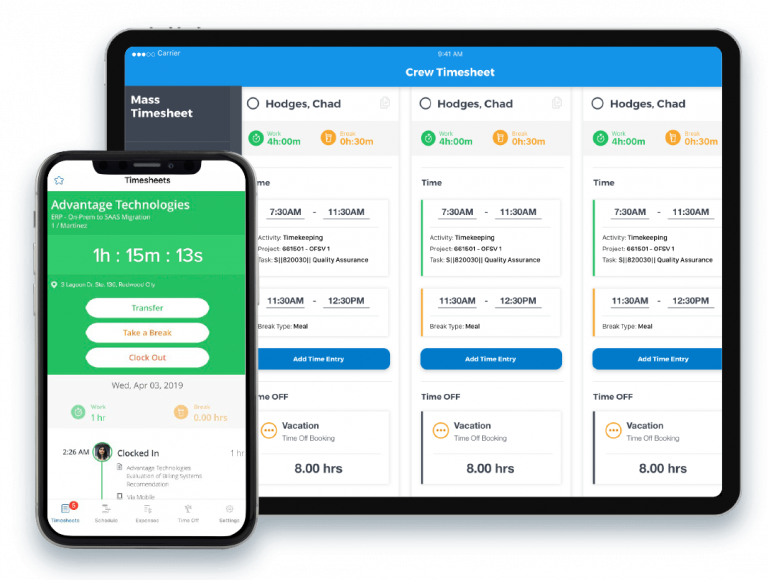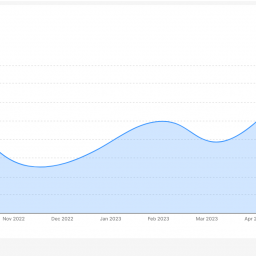Workforce Management Solution Explained
What is workforce management?
Workforce management (WFM) refers to the processes, systems, and strategies that organizations use to optimize their workforce and increase efficiency and productivity. Scheduling, time and attendance tracking, employment forecasting, performance management, and employee engagement are all part of it.
Organizations must use effective workforce management to ensure that they have the right number of employees with the right skills, at the right time, and in the right place. Organizations can make more informed workforce decisions, improve compliance with labor laws and regulations, reduce labor costs, and increase employee satisfaction and engagement by leveraging technology and data analytics.
Workforce management solutions frequently use specialized software and tools to automate and optimize various aspects of workforce management, such as scheduling, time tracking, and performance management. These solutions deliver real-time data and analytics, allowing businesses to make data-driven decisions and respond quickly to changing business needs.
Goals of workforce management
The primary goal of workforce management (WFM) is to maximise an organization’s workforce productivity and efficiency. Aligning the workforce with the organization’s business goals, making sure the right number of employees with the right skills are available at the right time, and managing employee performance and engagement are all part of this.
Some specific workforce management objectives are as follows:
- Labor Cost Optimization: WFM aims to optimise labour costs by reducing labour waste, reducing overtime, and balancing workload across employees and departments.
- Staffing Optimization: WFM aims to optimize staffing levels by predicting workforce needs, managing employee schedules, and ensuring that the appropriate number of employees with the appropriate skills are always available.
- Compliance: WFM aims to guarantee labour law and regulation compliance by accurately tracking employee work hours, managing time off requests, and ensuring that employees are paid fairly and in accordance with applicable regulations.
- Employee Engagement: WFM aims to enhance employee engagement by establishing clear goals and expectations, providing feedback and coaching, and providing opportunities for training and development.
- Business Performance Optimization: WFM aims to optimise business performance by ensuring that the workforce is aligned with the organization’s business goals and by providing the resources and support needed to achieve those goals.

Benifits of workforce management
Workforce management solutions can offer numerous benefits to organizations, including:
Increased Productivity: Workforce management solutions can assist organizations in optimizing their workforce by identifying overstaffing and understaffing situations and scheduling the appropriate number of employees for each shift. This can result in higher productivity, lower labor costs, and increased revenue.
Better Compliance: By automating compliance processes such as overtime calculations, meal and break periods, and record keeping, workforce management solutions can assist organizations in remaining compliant with labor laws and regulations.
Employee Engagement: Workforce management solutions can give employees more control over their work schedules by allowing them to swap shifts, request time off, and view their schedules in real time. This can result in higher levels of employee engagement and job satisfaction.
Increased Accuracy: Workforce management solutions can automate processes like time and attendance tracking, which reduces errors and inaccuracies associated with manual data entry. This can assist organizations in ensuring that employees are paid correctly and that labor laws are followed.
Better Decision Making: Workforce management solutions can provide businesses with real-time insights into their workforce, allowing them to make data-driven decisions about scheduling, labor costs, and employee performance.
Key components of a workforce management
A typical workforce management solution includes the following main components:
1: Time and Attendance Tracking: This feature enables businesses to keep track of staff hours, attendance, and breaks. Clocking in/out, biometric authentication, and automated overtime calculation are all common features.
2: Scheduling: Organizations can use this component to set employee schedules, assign shifts, and manage availability. It frequently incorporates features like shift bidding, swapping, and automatic scheduling based on employee preferences and availability.
3: Labor Forecasting: This component enables firms to forecast workforce requirements based on historical data, sales projections, and other pertinent variables. It can assist firms in avoiding overstaffing and understaffing situations, as well as optimising labour expenses.
4: Leave Management: This component allows employees to request time off and supervisors to approve or deny those requests. It frequently contains functions such as vacation monitoring, sick leave tracking, and absence reporting.
5: Reports and Analytics: This component gives real-time insights into workforce statistics such as labour expenses, staff productivity, and scheduling efficiency. It enables firms to make data-driven decisions and discover opportunities for development.
6: Compliance Management: This component guarantees that firms follow labour laws and regulations. It frequently incorporates features such as automated compliance calculations, record-keeping, and auditing tools.
A workforce management system combines these components to give enterprises with a full solution for staff management. It assists firms in optimising personnel, lowering labour expenses, improving compliance, and increasing employee engagement and productivity.


















